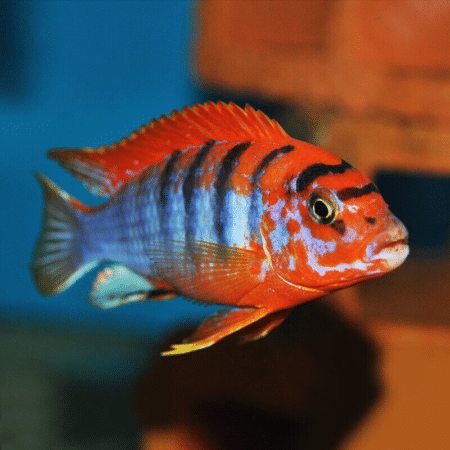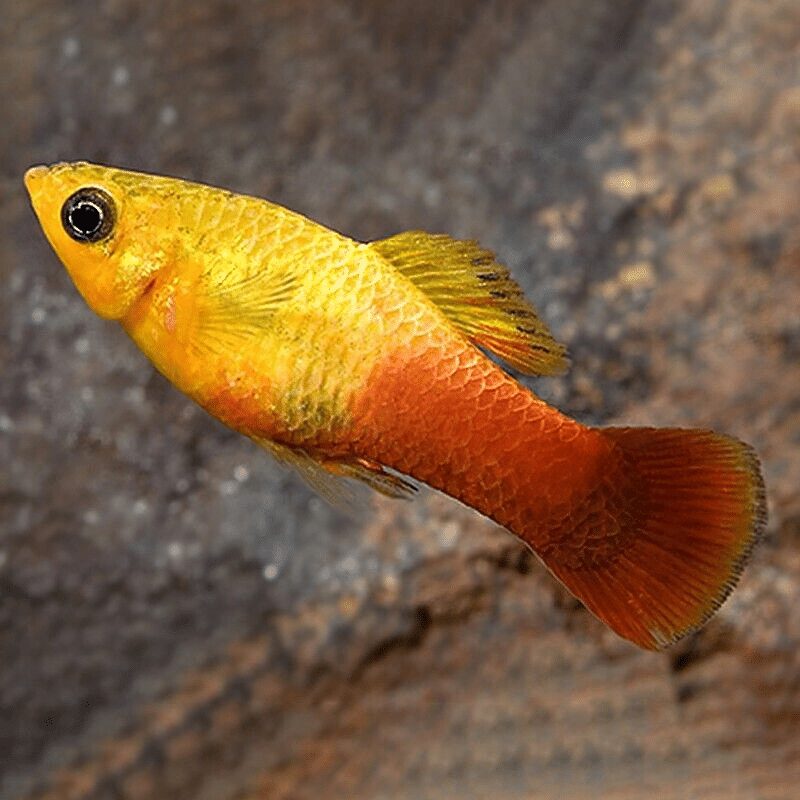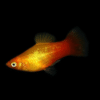To provide the best experiences, we use technologies like cookies to store and/or access device information. Consenting to these technologies will allow us to process data such as browsing behaviour or unique IDs on this site. Not consenting or withdrawing consent, may adversely affect certain features and functions.
The technical storage or access is strictly necessary for the legitimate purpose of enabling the use of a specific service explicitly requested by the subscriber or user, or for the sole purpose of carrying out the transmission of a communication over an electronic communications network.
The technical storage or access is necessary for the legitimate purpose of storing preferences that are not requested by the subscriber or user.
The technical storage or access that is used exclusively for statistical purposes.
The technical storage or access that is used exclusively for anonymous statistical purposes. Without a subpoena, voluntary compliance on the part of your Internet Service Provider, or additional records from a third party, information stored or retrieved for this purpose alone cannot usually be used to identify you.
The technical storage or access is required to create user profiles to send advertising, or to track the user on a website or across several websites for similar marketing purposes.
















Emily Carter (verified owner) –
I recently added 4 Sunset Variegated Platies (Xiphophorus variatus) to my aquarium, and I couldn’t be happier! These beautiful livebearer fish have brought such color and liveliness to my tank. After about two weeks of having them, I’ve noticed their vibrant hues shining even brighter under the tank lights, and they’ve settled in wonderfully.
What I love most is how friendly and sociable these platies are. They dart around playfully and often hang out near the front of the tank, which brings me so much joy as I watch them interact with each other and my other fish. Compared to other platies I’ve kept, these Sunset Variegated ones have a unique charm that truly sets them apart.
One minor concern is that they can sometimes be a bit more sensitive to water quality changes than other livebearer fish, so be sure to keep up with regular water tests and maintenance. Overall, I highly recommend these platies, especially for fellow hobbyists who are looking for vibrant and cheerful additions to their community tank. They are perfect for both beginners and experienced aquarists alike. I plan on buying more soon!